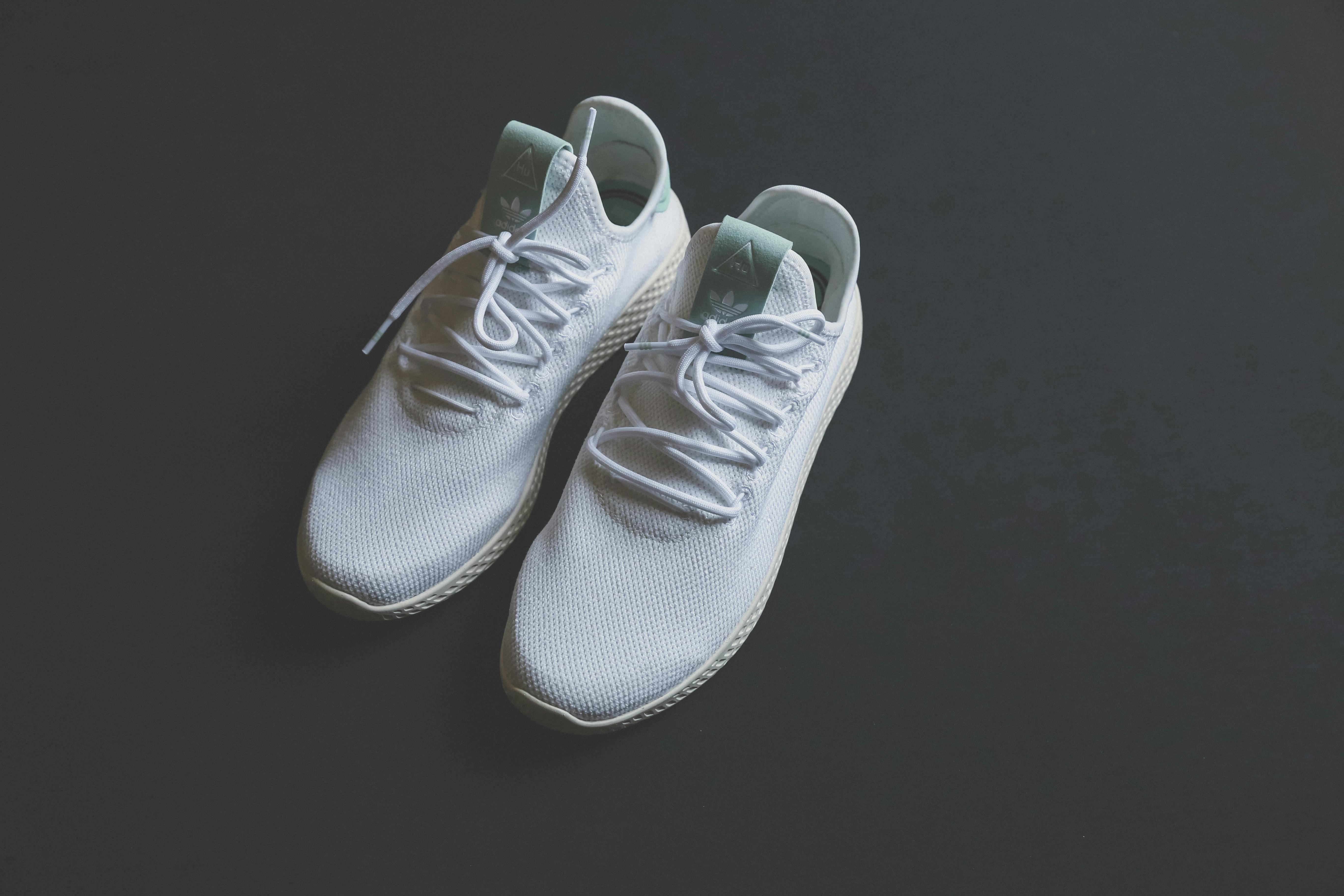Yoga Panties: 2025 Trends
The evolution of women's athletic underwear has taken a significant leap forward with the emergence of yoga panties as a distinctive category in intimate apparel. As we move into 2025, these specialized undergarments have transcended their original purpose in yoga studios to become versatile essentials in many women's wardrobes. Combining the support needed for physical activity with the comfort demanded for everyday wear, yoga panties represent the intersection of functionality, style, and innovation in women's underwear design.

How Yoga Panties Combine Flexibility and Comfort in 2025
The fundamental appeal of yoga panties lies in their unique construction that prioritizes both movement and comfort. In 2025, manufacturers have perfected this balance through several key developments. Four-way stretch fabrics now incorporate natural fibers like organic cotton blended with performance synthetics, creating underwear that moves with the body without restriction. Seamless construction techniques have advanced to eliminate pressure points and chafing entirely, even during the most demanding yoga poses.
Ergonomic designs specifically mapped to women’s anatomy have become standard, with strategically placed support panels that don’t compromise flexibility. Perhaps most notably, the gusset—the critical center panel—has been revolutionized with moisture-wicking technologies that maintain comfort during hot yoga sessions and throughout active days. Many leading brands now offer variable compression zones that provide support where needed while allowing unrestricted movement elsewhere.
Fabric Innovations Making Yoga Panties Breathable and Durable
The textile revolution driving yoga panties forward in 2025 centers on intelligent fabrics that respond to the body’s needs. Thermoregulating materials that cool when the body heats up during exercise and warm when inactive have become mainstream in premium lines. Antimicrobial treatments using natural compounds like silver ions or zinc oxide have replaced chemical solutions, offering odor protection that lasts through hundreds of washes.
Durability has seen remarkable improvements with the introduction of reinforced seams using ultrasonic bonding rather than traditional stitching. This technique creates stronger connections between fabric panels while maintaining a smooth profile. Manufacturers have also addressed the persistent problem of fabric pilling through advanced knitting techniques that lock fibers in place. The introduction of regenerative nylon—created from recaptured ocean plastic and engineered to maintain elasticity through years of use—has become a standard component in high-performance yoga panties.
Why Yoga Panties Are Becoming Everyday Essentials
The transition of yoga panties from specialized activewear to daily staples reflects broader lifestyle shifts toward comfort and versatility. Women increasingly seek undergarments that can transition seamlessly between different activities throughout the day. The invisible profile of yoga panties under clothing—even under formfitting outfits—makes them practical choices beyond the yoga studio.
The health benefits associated with yoga panties have contributed significantly to their mainstream adoption. The non-constrictive fit addresses growing concerns about the potential health implications of restrictive underwear, including improved circulation and reduced pressure on sensitive tissues. Additionally, the moisture management properties have proven beneficial for vaginal health, as breathable fabrics help maintain optimal pH and microbiome balance.
The pandemic-accelerated focus on comfort has permanently altered consumer expectations, with many women unwilling to return to uncomfortable undergarments now that they’ve experienced alternatives designed with movement in mind. Brands have responded by creating yoga panties in a wider range of styles that maintain the technical benefits while appearing more like traditional underwear options.
Color and Style Trends Shaping Yoga Panties This Year
The aesthetic evolution of yoga panties in 2025 reflects broader fashion movements while maintaining functionality. Earth tones dominate collections, with muted greens, clay reds, and ocean blues replacing the previous focus on bright, saturated colors. Soft neutrals continue to provide versatility, though often with subtle textural elements adding visual interest.
Minimalist designs have become increasingly popular, with clean lines and thoughtful details replacing obvious branding. Laser-cut edges create an ultra-smooth transition against the skin, eliminating visible panty lines without sacrificing support. High-waisted styles remain dominant, though the rise has been refined to hit precisely at the natural waist for optimal comfort during forward bends and twists.
Pattern trends show a movement toward subtle geometric designs rather than bold prints, often incorporating tone-on-tone techniques that become visible only in certain lights. This approach allows for personal expression while maintaining the clean aesthetics valued by consumers. The intersection with loungewear continues to influence yoga panty design, with matching sets that coordinate with bralettes and layering pieces growing in popularity.
The Role of Sustainability in Yoga Wear Lingerie Trends
Environmental responsibility has moved from marketing feature to fundamental requirement in the yoga panties market of 2025. Closed-loop manufacturing processes that recover and reuse water, energy, and material waste have become industry standards. Biodegradable elastics derived from natural rubber rather than petroleum-based alternatives now provide the necessary stretch without environmental persistence.
Transparency in supply chains has transformed how consumers evaluate yoga panties, with QR codes on packaging linking to detailed information about material sourcing, worker conditions, and environmental impact. Brands have responded with comprehensive initiatives that address the entire lifecycle of their products, from raw material to disposal.
Community-based recycling programs for worn-out yoga panties have gained traction, with some manufacturers offering credits toward new purchases when customers return old items for proper recycling. Plant-based dyes derived from agricultural waste have replaced chemical alternatives, reducing water pollution while creating distinctive, natural colorways that connect these intimate garments to environmental consciousness.
The holistic approach to sustainability extends to packaging as well, with compostable materials replacing plastic wrapping, and digital care instructions replacing paper tags. These comprehensive efforts reflect the alignment between yoga’s philosophical principles of mindfulness and harmony with nature and the ethical expectations of consumers who practice yoga.




